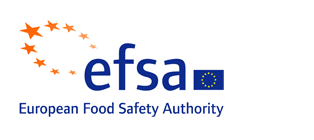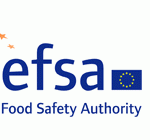 The European Food Safety Authority (EFSA) issued recommendations that the acceptable daily intakes (ADI) for three of the questionable food additives should be lowered — but rather strangely, not because of their effect on childrens’ behaviour.
The European Food Safety Authority (EFSA) issued recommendations that the acceptable daily intakes (ADI) for three of the questionable food additives should be lowered — but rather strangely, not because of their effect on childrens’ behaviour.
The controversial additives — Quinoline Yellow (E104), Sunset Yellow FCF (E110), Ponceau 4R (E124), Tartrazine (E102), Azorubine/Carmoisine (E122) and Allura Red AC (E129) — were given controversial status in 2007 when a study commissioned by the UK’s Food Standard’s Authority, and undertaken by the University of Southampton, concluded they caused behavioural problems in children. The European Commission subsequently asked EFSA to consider whether the additives should be banned, but after examining the study, its scientists said there were no grounds for taking such action.
Now EFSA has issued opinions on the six additives as part of an ongoing systematic review of the safety of all approved additives. In three cases — for Quinoline Yellow, Sunset Yellow FCF and Ponceau 4R — EFSA said the maximum recommended amount consumed by adults and children should be cut. But the reasons for this advice have nothing to do with the ability of these additives to produce tantrums in children.
- For Quinoline Yellow, the ADI has been lowered from 0-10mg per kg of bodyweight (BW) a day to 0.5 mg/kg bw/day following analysis of a rat study on the long-term effects on reproduction and development of pups.
- For Ponceau 4R, the ADI has been reduced from 0-4 mg/kg body weight (bw)/day to 0.7 mg/kg bw/day, based on a 1974 study in mice that linked the ingredients with kidney disease.
- And for Sunset Yellow, the ADI has been reduced from 0-2.25 mg/kg bw/day to 1.0 mg/kg bw/day, based on evidence for effect on the testes of rats.
John Larsen, chair of EFSA’s scientific panel on additives, said: We have now reduced the ADIs for three of the six colours we assessed, but for different reasons in each case as different data were available on each individual compound. The data which are currently available — including the Southampton study itself — did not substantiate a causal link between the individual colours and possible behavioural effects.
Despite EFSA’s insistence that there is no clear evidence the colourants cause behavioural problems in youngsters, the European Commission has still ruled that from 10 July next year any company using them will need to print a warning on the label that reads: “May have an adverse effect on activity and attention in children.” This is likely to put most manufacturers off using the ingredients, amounting to a ban by default.





